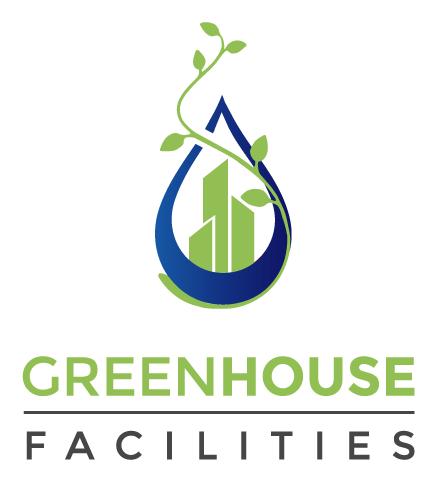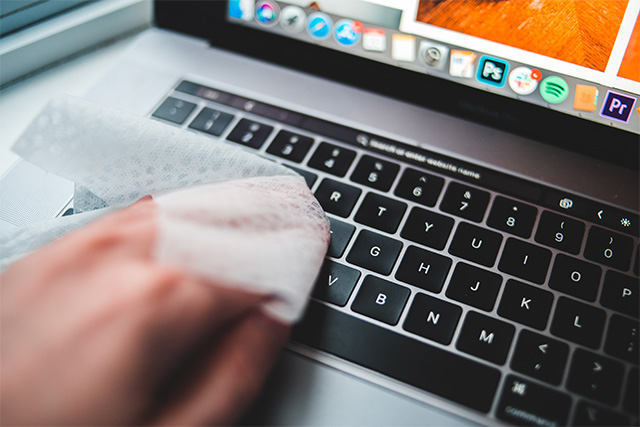While it is less common, touching surfaces with traces of the virus is also known as another means for transmission, and there is published research into how long the SARS-CoV-2 lasts on different surfaces. However, how long SARS-CoV-2 remains infectious on these surfaces is still unknown.
So far, two major studies have been published testing how long SARS-CoV-2 stays on surfaces:
- The first study was published in the New England Journal of Medicine (NEJM), which analyzed a standard amount of aerosolized virus applied to different surfaces.
- The second study was featured in The Lancet, which analyzed droplets containing a controlled amount of virus placed onto a surface.
Since March, health officials have stressed regular cleaning and disinfection of all kinds of surfaces that we touch routinely to fight the spreadCOVID-19 and regularly cleaning one’s hands. With that in mind, we’ll summarize how long coronavirus can live on surfaces based on these studies’ findings.
How long does coronavirus live on surfaces?
- Plastic (3-7 days)
- Common Surfaces: Food packaging, water bottles, and milk containers, credit cards, remote controls, light switches, computer keyboards and mouses, ATM buttons.
- The NEJM study detected the virus on plastic for up to 3 days while the Lancet detected the virus on plastic for up to 7 days.
- Stainless Steel (3-7 days)
- Common Surfaces: door handles, refrigerators, handrails, keys, cutlery, pots and pans, industrial equipment.
- While the NEJM article found that the virus could remain on stainless steel after three days, researchers for the Lancet article detected it for up to 7 days.
- Copper (Up to 4 days)
- Common Surfaces: Coins, cookware, jewelry, electrical wires.
- Paper (Up to 4 days)
- Common Surfaces: Paper, money, stationery, magazines and newspapers, tissues, towels, toilet paper.
- The Lancet study found that the virus could last three days on printed paper, while on other paper types such as money, it could last four days.
- Glass (Up to 4 days)
- Common Surfaces: Windows, mirrors, drinkware, screens for TVs, computers, and phones.
- Cardboard (Up to 24 hrs)
- Common Surfaces: Food packaging, shipping boxes.
With the information of how long the coronavirus lasts on various surfaces from these studies, it is a good idea for homes and businesses to appropriately clean and disinfect high-touch surface areas, such as kitchen or break room counters, fridges, and sinks, dining tables, doorknobs and workspaces on a set schedule.
If you’re looking for more information and tips on the most effective ways to keep your surfaces clean, contact Greenhouse Eco-Cleaning today.

